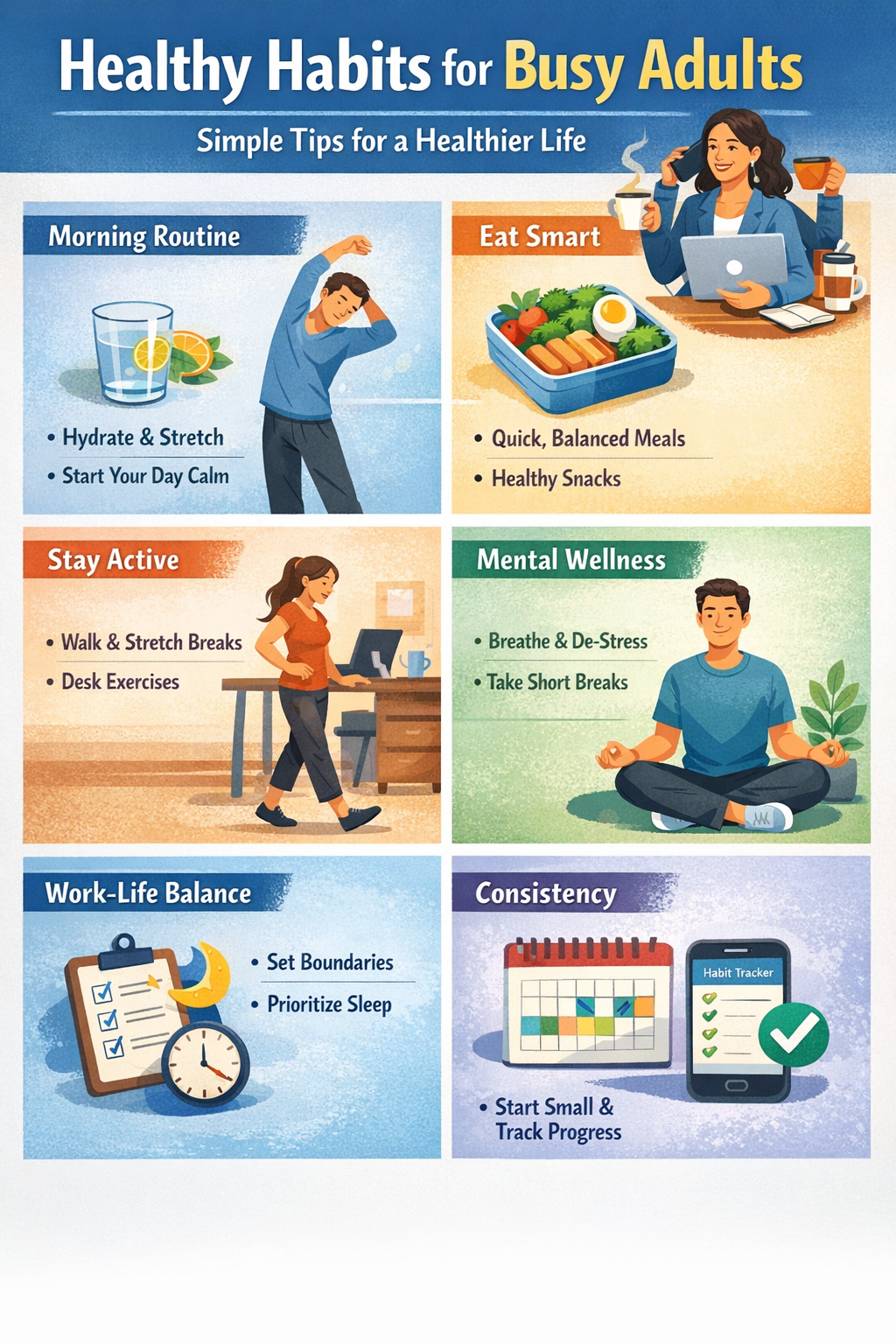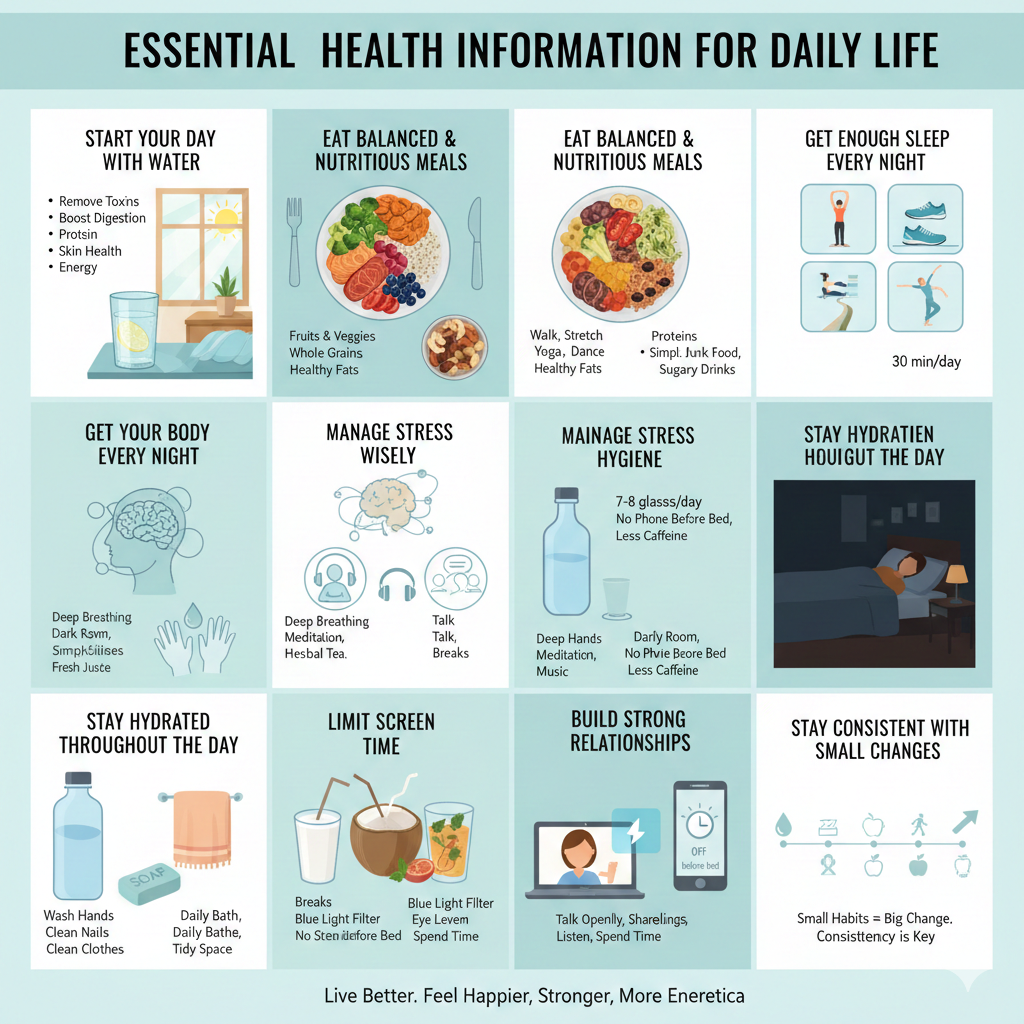Running a small business is exciting but challenging, especially when it comes to marketing. You might not have the massive budgets that big companies do—but that doesn’t mean you can’t make a big impact. With the right strategies, creativity, and smart planning, you can attract more customers, build your brand, and grow steadily—without breaking the bank.
In this blog, we’ll share practical, low-cost marketing tips that can help small business owners increase visibility, engage customers, and drive sales. Whether you’re just starting out or looking to expand, these budget-friendly ideas will give you a head start.
- Leverage the Power of Social Media
Social media is one of the most effective free marketing tools available today. Platforms like Instagram, Facebook, LinkedIn, and TikTok let you reach your audience directly and showcase your products or services in creative ways.
Tips to maximize your impact:
- Create a consistent posting schedule (3–4 times per week).
- Use high-quality visuals and short videos that highlight your offerings.
- Share customer reviews, behind-the-scenes moments, or product tutorials.
- Engage with followers by replying to comments and DMs.
- Use trending hashtags to increase reach.
Bonus Tip: Focus on one or two platforms where your target customers are most active instead of trying to be everywhere.
- Build and Grow Your Email List
Email marketing remains one of the most cost-effective ways to stay connected with your audience. It’s affordable, measurable, and delivers a high return on investment.
Here’s how to start:
- Add a newsletter signup form on your website or social pages.
- Offer a small incentive—like a free guide, discount, or early access—to encourage signups.
- Send regular newsletters with updates, offers, and helpful tips.
- Use personalized subject lines to increase open rates.
Why it works: Email allows you to nurture customer relationships, drive repeat purchases, and keep your brand top of mind—all for minimal cost.
- Create Valuable Content (Content Marketing)
Content marketing helps you build authority and attract organic traffic. By sharing useful and educational content, you can position your business as a trusted expert in your niche.
Types of content you can create:
- Blog posts
- How-to guides
- Infographics
- Short videos or reels
- Free downloadable resources (checklists, templates, etc.)
Example: If you own a bakery, write a blog about “5 Tips for Baking Healthier Desserts” or “The Secret to Perfect Cupcakes.” This type of content naturally draws people interested in what you offer.
- Collaborate with Other Small Businesses
Partnering with local or complementary businesses can help you reach a wider audience without spending extra money.
Ways to collaborate:
- Run joint promotions or bundle offers.
- Host a giveaway together on social media.
- Cross-promote each other’s products in newsletters.
- Share space at local events or markets.
Example: A yoga studio could collaborate with a local smoothie bar to offer discounts to each other’s customers. It’s a win-win for both businesses.
- Encourage Word-of-Mouth and Referrals
Satisfied customers are your best marketers. Encouraging them to spread the word can generate powerful, organic growth.
How to make it happen:
- Create a simple referral program that rewards customers for bringing in new clients.
- Ask happy customers to leave reviews on Google or social media.
- Share testimonials on your website and posts.
Pro Tip: A small discount, freebie, or loyalty points can motivate customers to refer friends and family.
- Optimize Your Google Business Profile
If you’re a local business, appearing in Google search results and Maps is crucial—and it’s free! A well-optimized Google Business Profile (GBP) helps people find you easily when they search for products or services nearby.
Steps to improve your listing:
- Complete your profile with accurate info (address, hours, contact).
- Add photos of your products, store, or team.
- Post regular updates or offers.
- Encourage customers to leave reviews.
- Reply to all reviews (positive or negative) professionally.
Result: Better visibility in local searches and increased foot traffic.
- Use Free Online Tools and Platforms
There are plenty of free tools available to help you design, plan, and track your marketing.
Popular free tools include:
- Canva: Create social media graphics, posters, and ads.
- Google Analytics: Track website traffic and visitor behavior.
- Mailchimp: Manage email campaigns for free (up to a limit).
- Buffer or Later: Schedule social media posts.
- ChatGPT: Generate ideas, captions, or email templates.
Using these tools saves both time and money while keeping your marketing efforts professional.
- Run Low-Budget Paid Campaigns
If you’re ready to spend a little, start small with targeted ads on Facebook, Instagram, or Google. You can set daily budgets as low as ₹200–₹500 and still reach the right audience.
Tips for effective ads:
- Target specific demographics (location, age, interests).
- Use eye-catching visuals and short, clear copy.
- Test different ad versions (A/B testing).
- Track results and adjust your campaigns regularly.
Remember, even a small ad budget can bring great results if your content is engaging and well-targeted.
- Host Events or Workshops (Online or Offline)
Events are a great way to build relationships and showcase your expertise. You don’t need a huge venue—start small with online webinars, Instagram Lives, or local pop-up events.
Ideas:
- A live demo of your product
- A “how-to” workshop
- A free online Q&A session
- A collaboration event with another brand
Events make your business feel approachable and help you connect directly with potential customers.
- Stay Consistent and Track Your Results
Consistency is the secret ingredient to marketing success. Even the best ideas won’t work if they’re done randomly. Develop a monthly marketing plan and stick to it.
Things to monitor:
- Website traffic
- Social media engagement
- Email open and click rates
- Sales or inquiries
Use this data to understand what’s working and refine your strategy over time.
Conclusion
Marketing your small business doesn’t have to be expensive. With creativity, effort, and a bit of strategy, you can achieve big results on a small budget. Focus on building relationships, providing value, and staying consistent across all channels.
Remember: it’s not about how much money you spend—it’s about how smartly you use your resources. Start applying these low-cost marketing tips today, and watch your small business grow steadily and sustainably.







